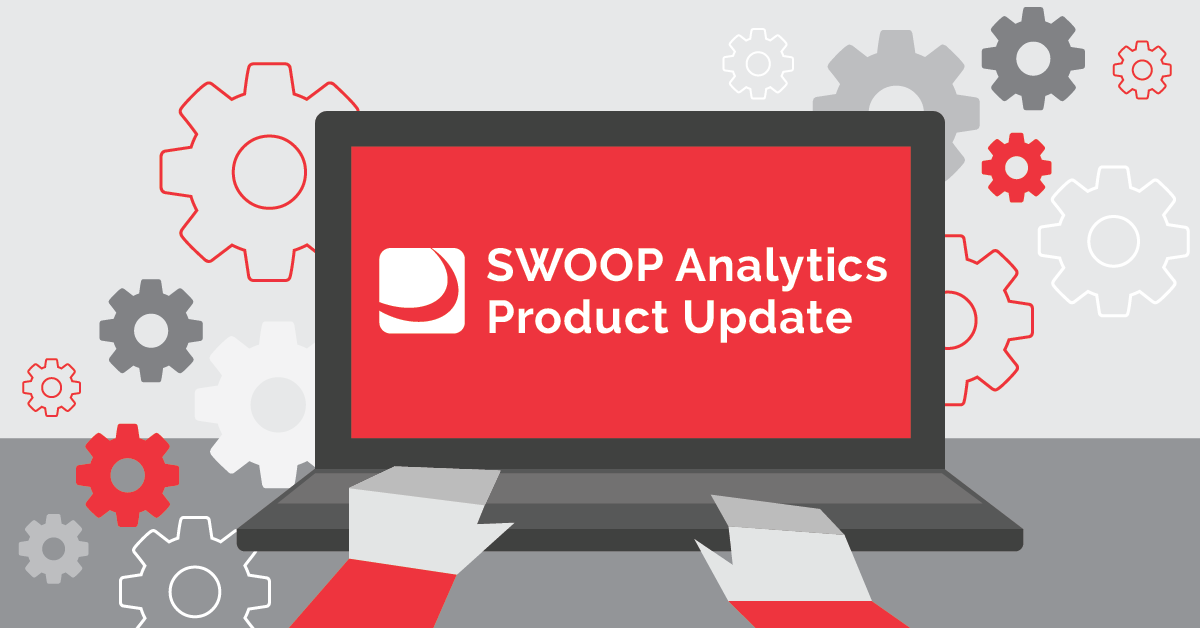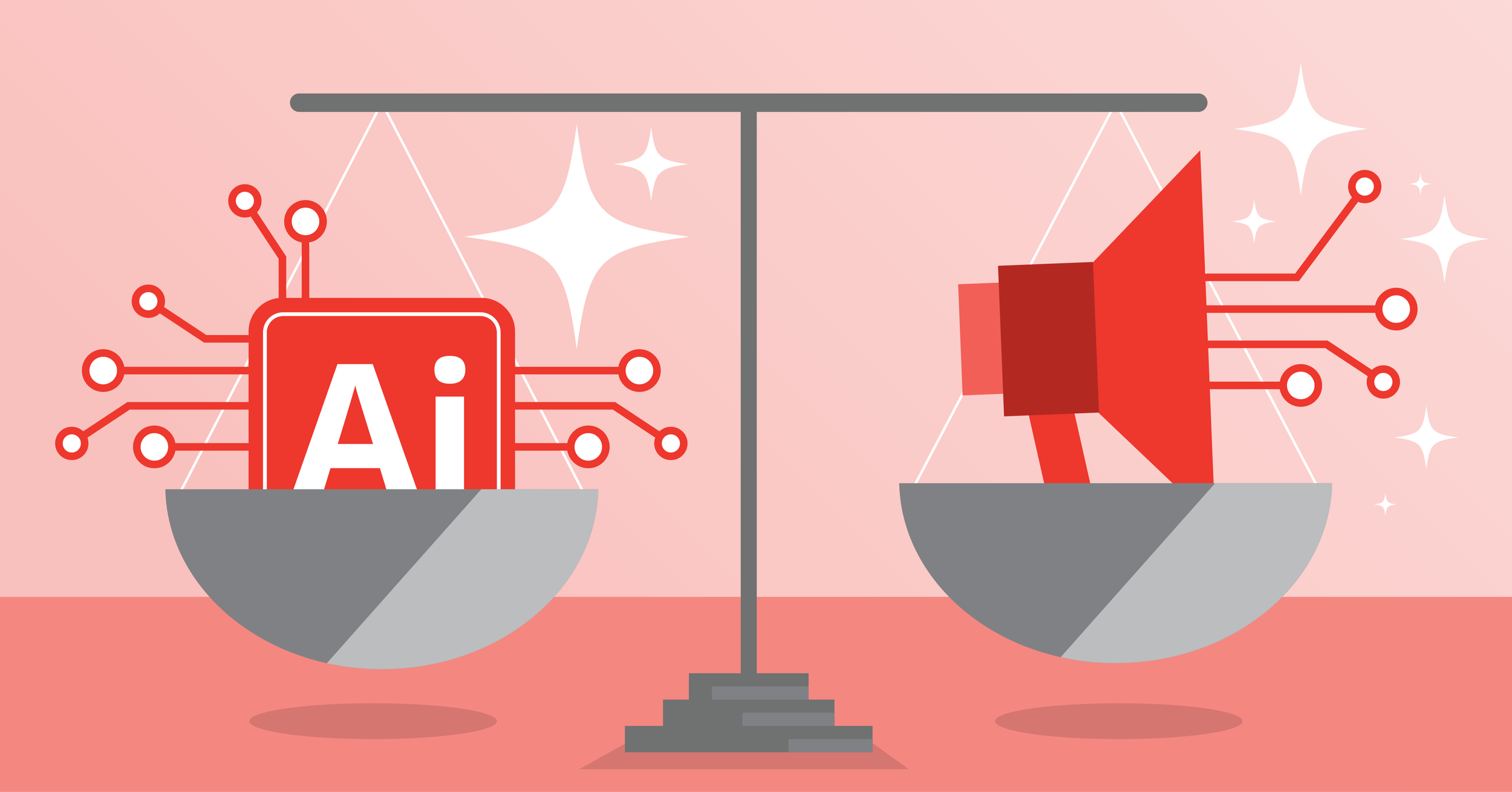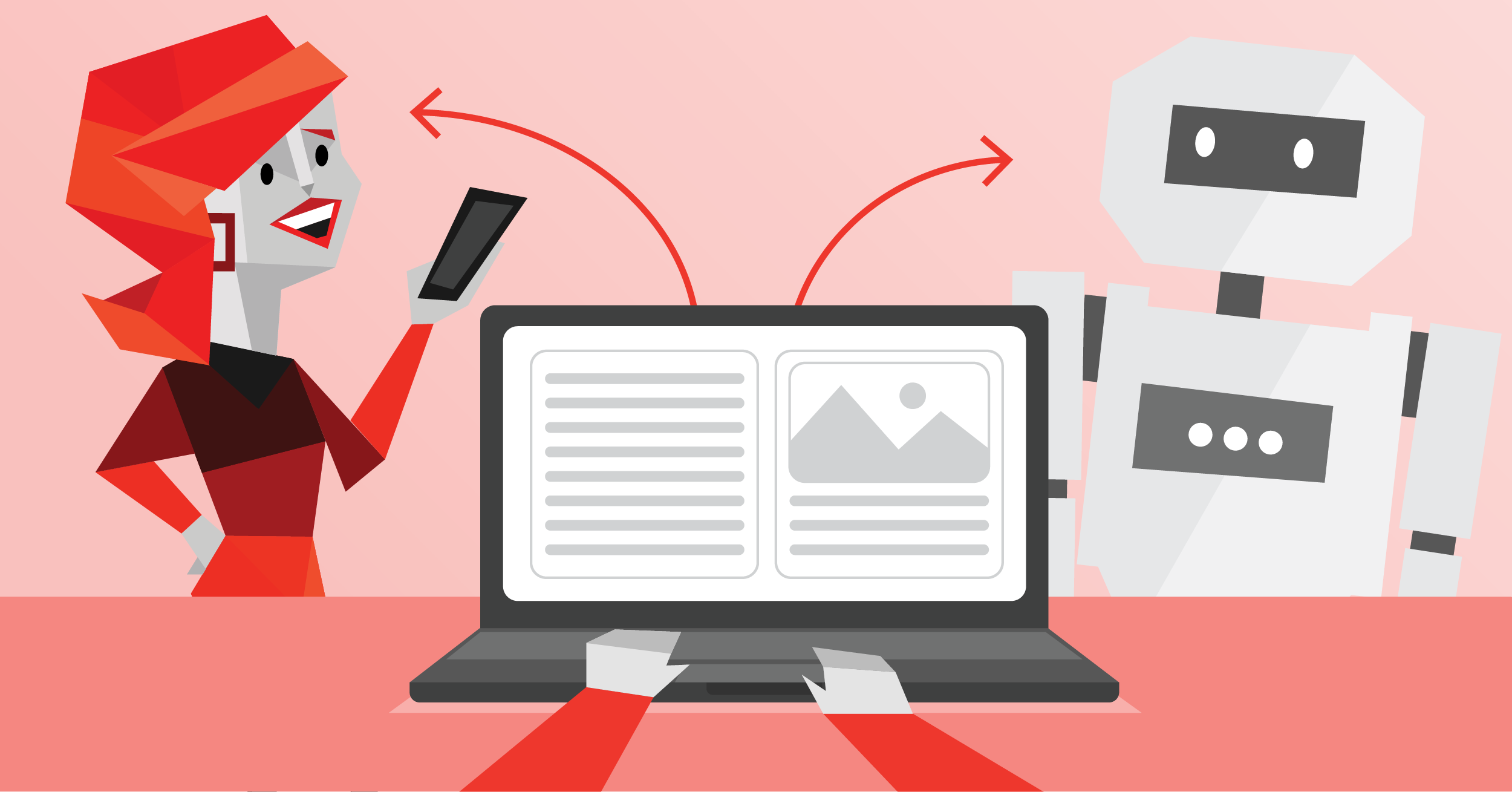
SWOOP Blog
Latest Articles
Blog Archive
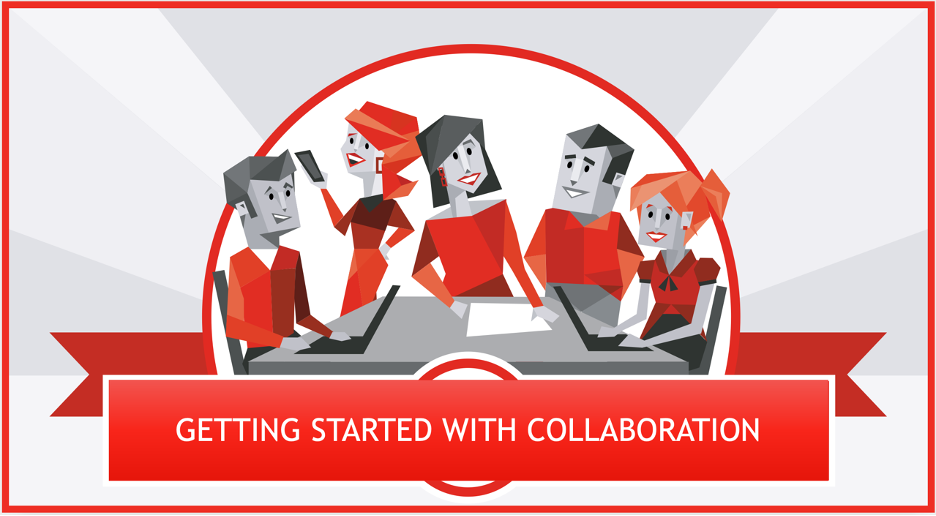

When Artificial Intelligence Sentiment Analysis Meets Yammer
Bringing some of Microsoft's artificial intelligence capabilities to bear on collaboration tools opens up a new realm of productivity.

Will Customers Buy Into Your Seller Persona?
You've analyzed your prospective market, built buyer personas for your perfect customer, and crafted your website and Facebook pages with all the social media bells and whistles to ensure that the right people are coming to view your content, products and services.
You also have social media monitoring tools in place to track your customers’ journey to you. Did they enjoy the experience? Is it simply enough that they stayed the journey? How can you be sure?

Will Customers Buy Into Your Seller Persona?
You've built buyer personas to ensure that the right people viewing your products and services. But what of buyers’ perception of you as a seller?

Real Time Talent Identification
There is something seriously wrong with how organizations are going about identifying talent in their organizations. Substantially, most organizations today treat their staff as objects sitting on the warehouse shelves waiting to be picked off. The HR department will have devised capability characteristics that can be assigned to each individual using some tenuous process, so that they can be placed in the right shelf with similarly categorised staff. Some specially classified staff may merit a shelf of their own and therefore may be especially attractive to those fortunate enough to have been picked off the shelves earlier.
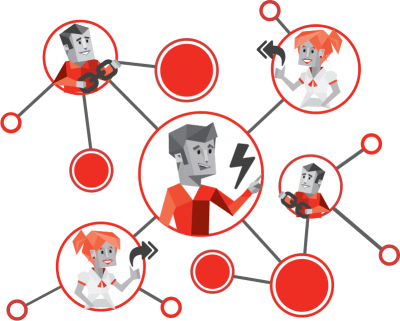
Influential People – SWOOP Style
In this series of articles, we are profiling each of the SWOOP Analytics Widgets by referencing them to the Enterprise Social Maturity Framework, that we introduced previously. The SWOOP analytics widgets are designed to guide our end users through each stage of the maturity journey.

Data-Driven Collaboration Part 2: Recognizing Personas and Behaviors to Improve Engagement
In Part 1 of this series, “Data-Driven Collaboration Design”—a collaboration between SWOOP Analytics and Carpool Agency—we demonstrated how data can be used as a diagnostic tool to inform the goals and strategies that drive your business’ internal communication and collaboration. In this post, we will take that thought one step further and show how, after your course is charted to improve internal communication and collaboration, your data continues to play a vital role in shaping your journey.
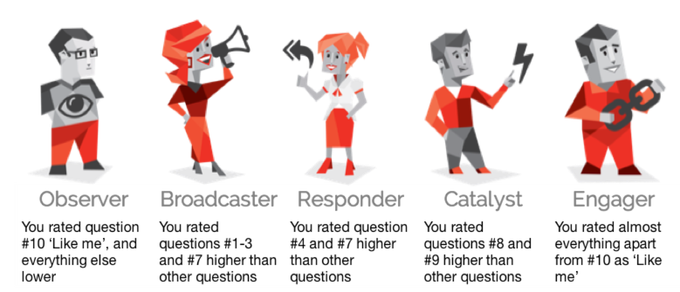
Seeing How You Work, Changes How You Work - What's Your Online Persona?
Our SWOOP Personas are having a much bigger impact than I expected. For a quick summary of the five personas see our previous posts: Observer, Broadcaster, Responder, Catalyst and Engager. In summary, these personas provide you with insights into your online behaviour on your enterprise social network.

Identifying Key Connectors/Informal Leaders at Scale
A recent article by Reid Carpenter on uncovering authentic informal leaders reminds us that in a post-industrial economy, the powerbrokers are less likely to be identified by their C-Level formal titles, and more likely to be identified through word of mouth. New emerging organisational forms like Holocracies and Business Networks will live and die by the strength of their informal leaders. The importance of the connector is nothing new. Seth Godin wrote a book about ‘linchpins’; we have also blogged about the Quiet Achiever. There are now many sources of advice on how to recognise a genuine connector/informal leader. The challenge exists however, on how we identify these new informal leaders at scale?
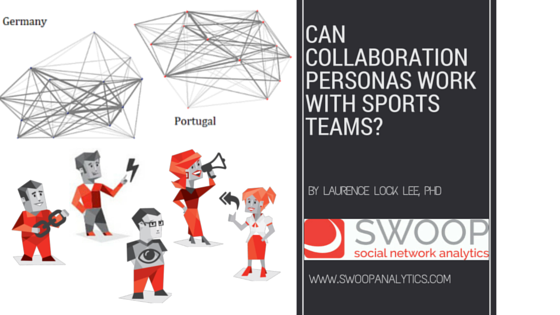
Can Collaboration Personas work with Sports Teams?
Professional sport these days is rife with in-depth analyses and statistics on player and team performance. Players are now often equipped with wearable devices to monitor their health and fitness by the minute. Increased betting on sport has added a whole new dimension to the desire for predictive analytics and anything that might assist the punters in predicting the result of a game.
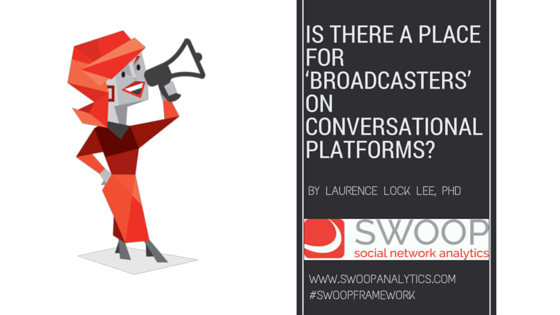
Is There a Place for ‘Broadcasters’ on Conversational Platforms? SWOOP: Broadcaster Persona
This post continues the series the deeper dives into the specific measures included in the SWOOP Collaboration Framework #swoopframework. The ‘Broadcaster’ behavioural persona; is the fourth collaboration persona with the ‘Engager’, ‘Catalyst’ and ‘Responder’ personas.
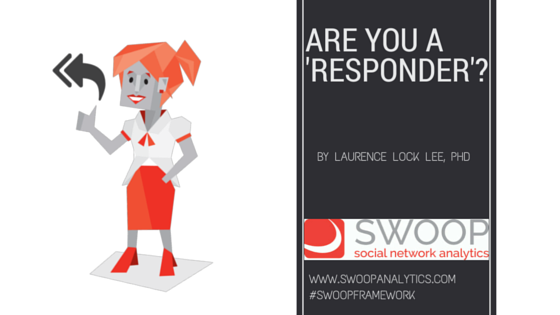
Are you a Responder?
This post continues the series the deeper dives into the specific measures included in the SWOOP Collaboration Framework #swoopframework. The ‘Responder’ Behavioural Persona is the third positive collaboration persona with the ‘Engager’ and ‘Catalyst’ personas.
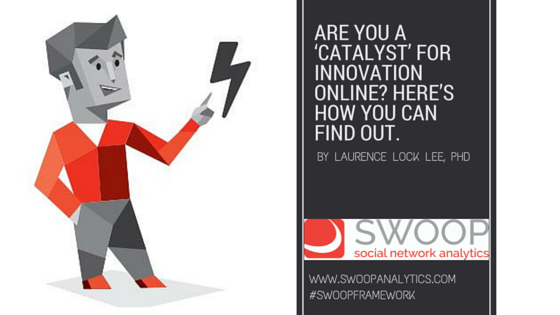
Swoop Persona: Are you a ‘Catalyst’ for Innovation Online? Here’s how you can find out.
This post continues the series of deeper dives into the specific measures included in the SWOOP Collaboration framework #swoopframework. The ‘Catalyst’ behavioural persona, in our view, is the next most desirable collaboration persona after the ‘Engager’. Catalysts are regularly seen as change agents and innovators.
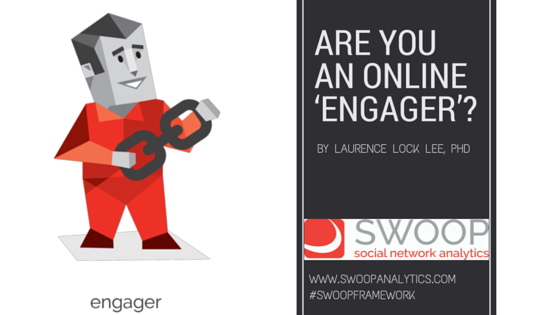
Swoop Persona: Are you an Online ‘Engager’?
This post is the first in a longer series of posts devoted to a deeper dive into the specific measures included in the SWOOP Collaboration Framework #swoopframework. We are starting with the ‘Engager’ Behavioural Persona; in our view the most desirable collaboration persona.

What Makes a Great Team On-line and Off?
We are witnessing a significant shrinkage in the digital divide between on-line and off-line work, as rapid digitization takes hold. The days when online work was led by the digital savvy are rapidly disappearing as even the baby boomer generation embraces social media. Our research has even identified that co-located teams use electronic means to record and share their work artifacts. So how can the movement to digital be used to assess team performance?
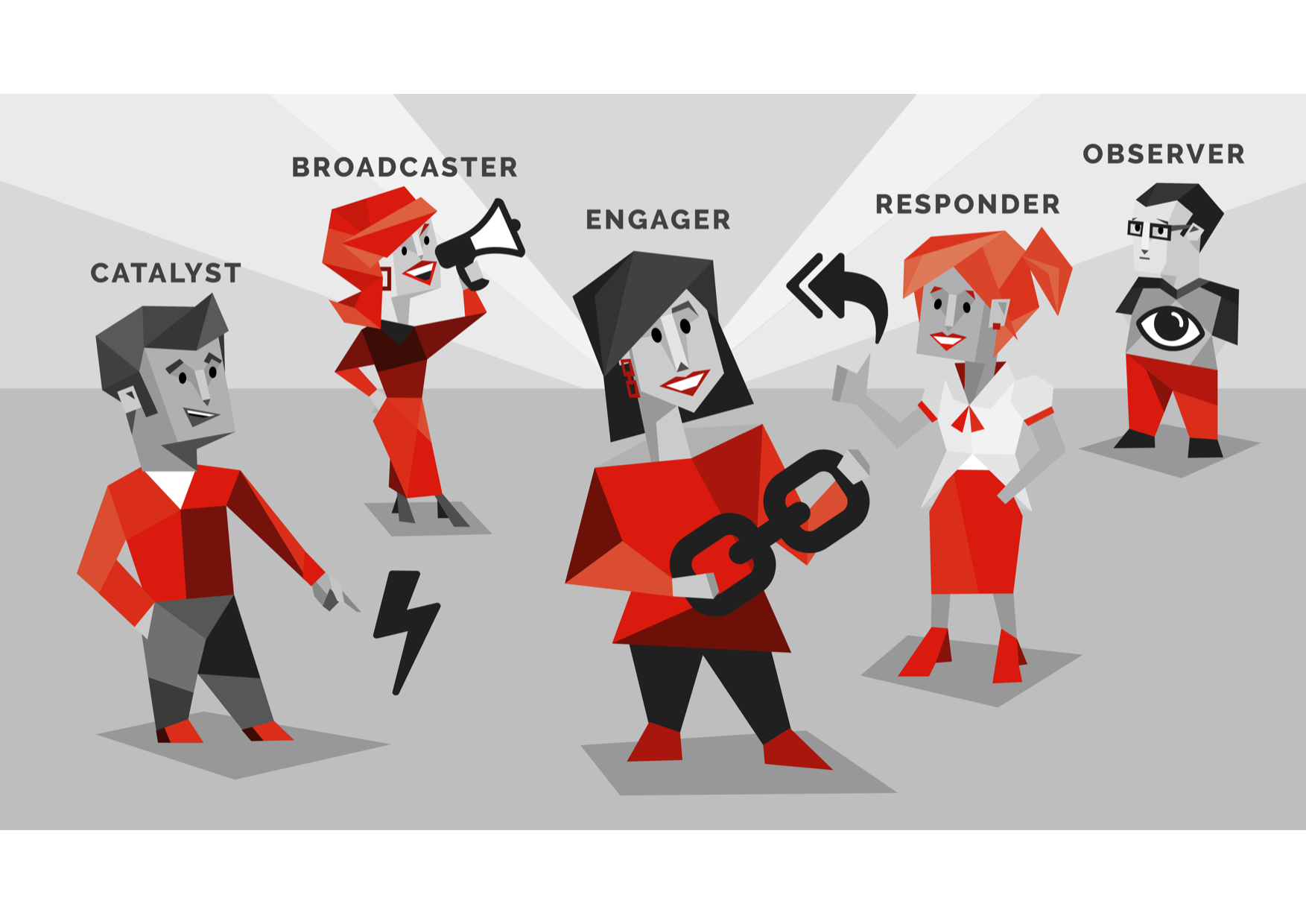
Can Online Personas Improve your Collaboration Behaviour?
Personas are therefore strongly linked to behaviours. In the world of Enterprise Social Networking (ESN) we are also very much interested in the collaboration behaviours that have been facilitated by the ESN.

